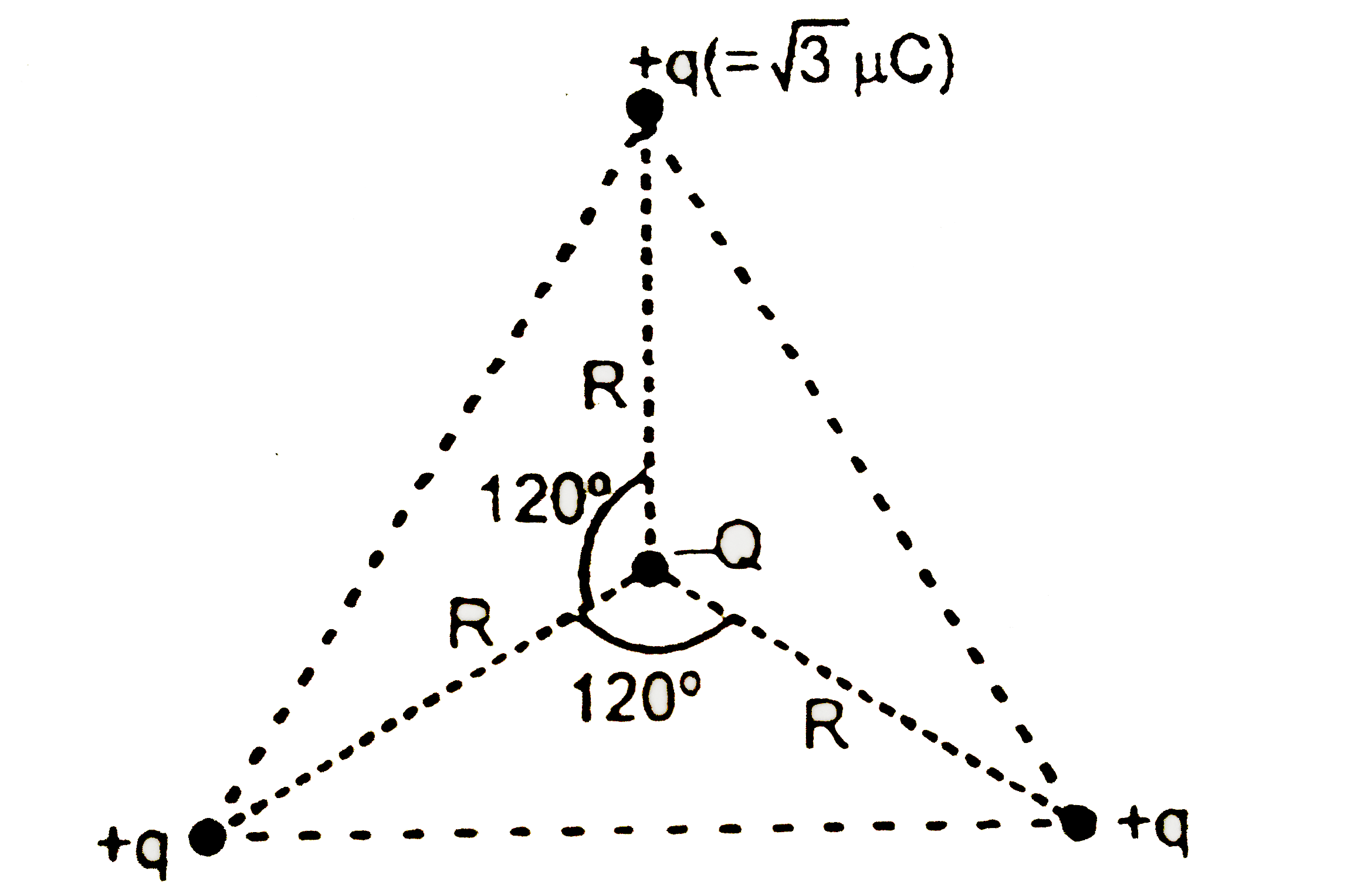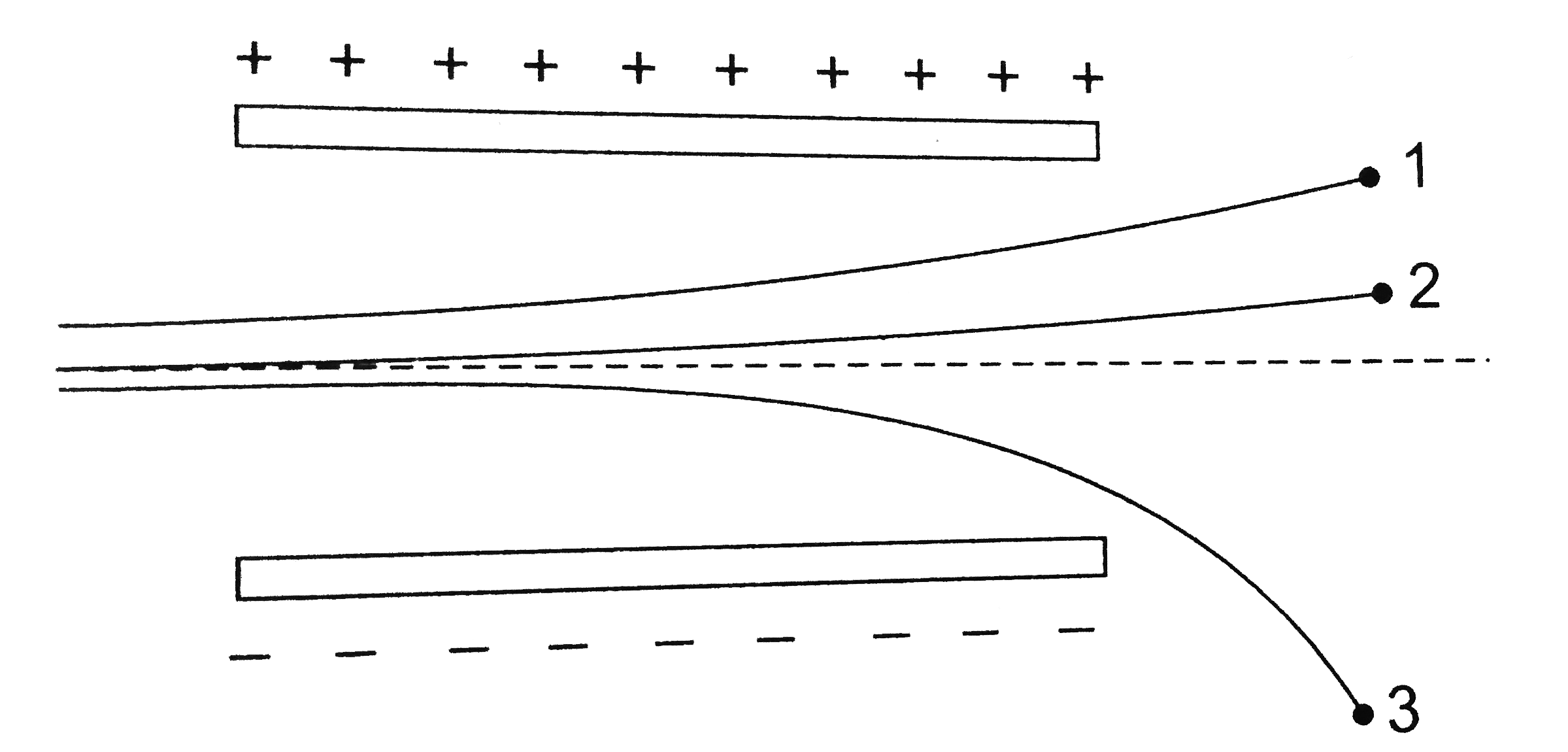Three charged particle sare in equilibrium under their electrostatic forces only. Then
the particles must be collinear
all the charges cannot have the same magnitude
all the charges cannot have the same sign
the equilibrium is unstable
The correct Answer is:A, B, C, D
NA
Topper's Solved these Questions
- ELECTROSTATICSBOOK - DC PANDEY ENGLISHCHAPTER - ELECTROSTATICSEXERCISE - Exercise 24.1
4 Videos
- ELECTROSTATICSBOOK - DC PANDEY ENGLISHCHAPTER - ELECTROSTATICSEXERCISE - Exercise 24.2
9 Videos
- ELECTROSTATICSBOOK - DC PANDEY ENGLISHCHAPTER - ELECTROSTATICSEXERCISE - Example Type 8
3 Videos
- ELECTROSTATIC POTENTIAL AND CAPACITORSBOOK - DC PANDEY ENGLISHCHAPTER - ELECTROSTATIC POTENTIAL AND CAPACITORSEXERCISE - (C) Chapter exercises
50 Videos
- GRAVITATIONBOOK - DC PANDEY ENGLISHCHAPTER - GRAVITATIONEXERCISE - All Questions
135 Videos
Similar Questions
Three charged particles are collinear and are in equilibrium, then
View SolutionTwo particles are held in equilibrium by the gravitational and electrostatic forces between them. Particle-A has mass mα and charge qα and particle-B has mass mb and charge qb. The distance between the charges may cause the chages to accelerate towards one another ?
View SolutionA : The equilibrium of a charged particle under the action of electrostatic force alone can never be stable.
R : Coulombian force is an action-reaction pair.
View SolutionThe system of four point charges are arranged to be in equilibrium (see figure) under only mutual elestrostatic forces. Find magnitude of Q (in μC). (Neglect gravity)

View SolutionIf a charged particle kept at rest experiences an electromagnetic force,
View SolutionA particle of mass m and charge -q circulates around a fixed charge q in a circle radius under electrostatic force. The total energy of the system is (k= (14πε0))
View SolutionFor a body to be in equilibrium under the combined action of several forces
View SolutionA charge particle q1, is at position (2, -1, 3). The electrostatic force on another charged particle q2 at (0, 0, 0) is :
View SolutionFigure shows tracks of three charged particles crossing a uniform electrostatic field with same velocities along horizontal. Give the sign of the three charges. Which particle has the highest charge to mass ratio?

View SolutionFigure shows tracks of three charged particles crossing a uniform electrostatic field with same velocities along horizontal. Give the sign of the three charges. Which particle has the highest charge to mass ratio?

View Solution
